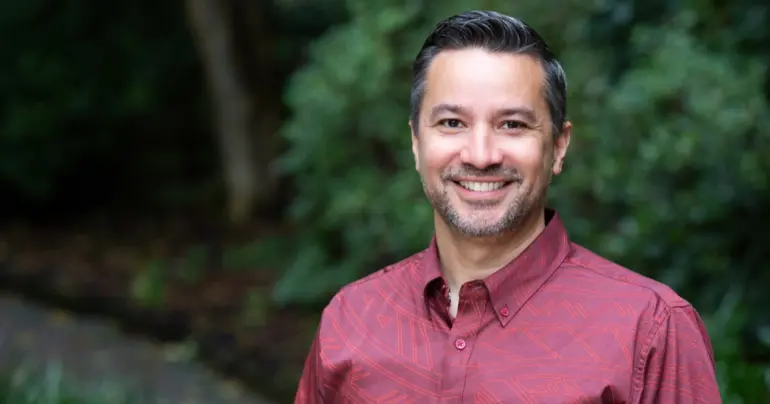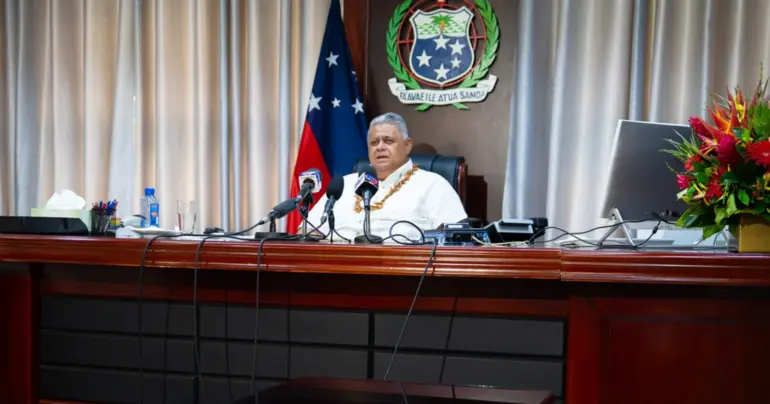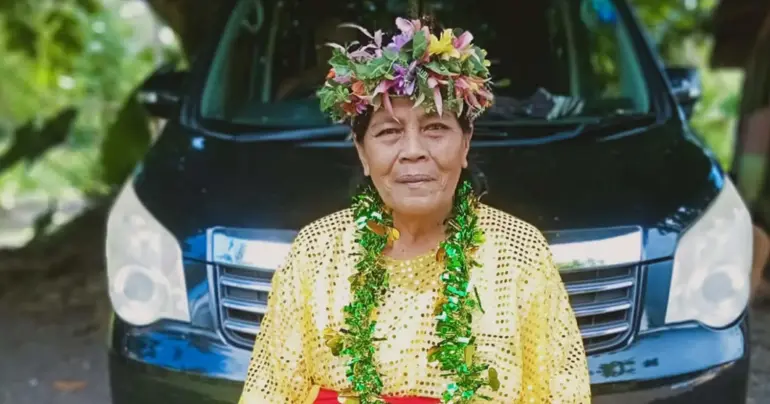Samoans 'bled' for independence: Tanuvasa
 By Fuimaono Lumepa Hald
•
25 May 2022, 12:49AM
By Fuimaono Lumepa Hald
•
25 May 2022, 12:49AM
On 25 June 1927 the Samoa Administrator, Major-General Sir George Spafford Richardson released a notice to dispatch the Mau movement, which laid the seeds for an uprising by Samoans.
Samoans wanted to be their own rulers. The announcement by Richardson was to advise that Samoans would be punished and palagis who were part of the Mau would be exiled. The order was enforced on 4 August 1927 and he also wrote to all the churches not to support the Mau movement.
According to late author and academic Tanuvasa Tofaeono Tavale, Richardson did not like the Catholic Church at that time, because they were encouraging the Mau movement.
Other Samoans like Faumuina Fiame Mulinuu and Toleafoa Lagolago, who remained steadfast to the Mau, were exiled from their villages while other Samoans lost their matai titles as a result.
Olaf Nelson, the leader of the Mau tried to travel to N.Z. to raise the Mau petition with the government. But Richardson stopped him and instead convinced the N.Z. government to conduct a national investigation headed by an independent commission. The committee included two judges, Sir Charles Skeette and C.E. Mc Cormick.
Out of the 300 complaints sent to the commission by Samoans, papalagi and the government, the two judges realised that there was corruption against the Samoans by Richardson, but they could not find sufficient evidence.
Meanwhile, Richardson was also recognising the strength of the Mau and Olaf Nelson so he exiled Nelson to N.Z. for five years. But according to Tanuvasa, this only made the Mau even stronger.
"Richardson thought that exiling three palagis including Olaf would weaken the Mau, but it did not," wrote Tanuvasa.
"On 13 January 1928 Nelson was exiled to N.Z. he wore the purple of the Mau, to signify that Samoa was united," wrote Tanuvasa.
According to the author, Nelson had left on his free will with advice from his friends, not to be the cause of blood spill in Samoa. But Richardson reacted.
"Richardson needed armed soldiers in Apia. Two warships arrived from N.Z. H.M.S. Dunedin and H.M.S. Diomede," wrote Tanuvasa.
Richardson forced people who were rallying from the Mau and had them pay fines. He also announced that the Mau members were forbidden from holding meetings in Apia and also jailed many Mau members.
According to Tanuvasa, some of the Mau members volunteered to lock themselves up in the small prison, as a form of sarcasm against administrator.
Richardson soon realised that he could not control the Mau and left Samoa for N.Z. on 8 April 1928.
Colonel Stephen Allen was to replace Richardson but the Mau tried to organise their own petition, by having 9,000 signatures from tax payers made known to the United Nations.
"The Tumua ma Pule ( Upolu and Savai'i matai) also showed their support of the Mau while at the same time trying to revive and preserve the Samoan way of life," wrote Tanuvasa.
Due to the unsettling atmosphere, the Colonel decided to use force to stop the Mau and sent armed police to look for the leaders of the Mau. But this did not weaken the movement.
The Colonel was convinced during his visits to the villages that he was the leader chosen by the Samoans but he confused politeness with respect, according to Tanuvasa. Most Samoans were worried about the armed police in the public arenas so they did not trust Allen.
The unpredictable police caused the Mau's distrust so they were on guard when they went to welcome the return of Tupua Tamasese, Tuimalealiifano and Faumuina. Samoans did not listen to the Colonel's announcement to discourage the Mau from marching.
So on 28 December 1929 the N.Z. soldiers opened fire on a peaceful Mau march which killed many Samoans including Tupua Tamasese. That day is now known as the Black Saturday.
"As the mob approached the station, a police sergeant fired a Lewis machine gun from the balcony in an effort to deter them. An experienced machine gunner, he directed the fire over the heads of the crowd.
But three other policemen, panicking at the thought that the rioters might get under the balcony and burn the building down with them in it, fired at the crowd with their rifles.
Tragically, this fire mortally wounded the prominent Samoan leader Tupua Tamasese Lealofi III. It also killed Migao, Leota Anese, Tapu, Ainoa, Faumuina of Savai’i, Vele and Tu’i," said an excerpt in a N.Z. history article.
 By Fuimaono Lumepa Hald
•
25 May 2022, 12:49AM
By Fuimaono Lumepa Hald
•
25 May 2022, 12:49AM











